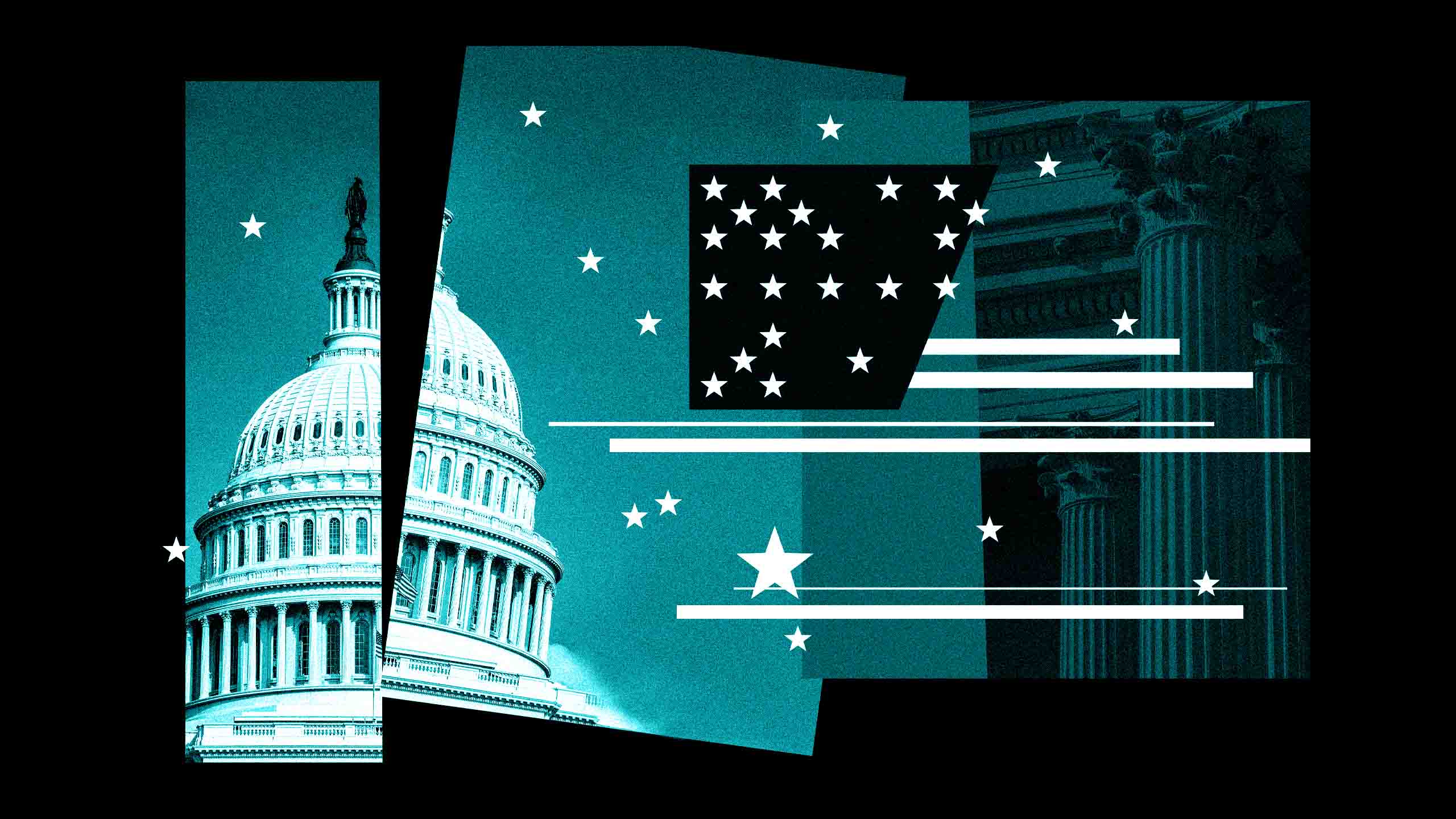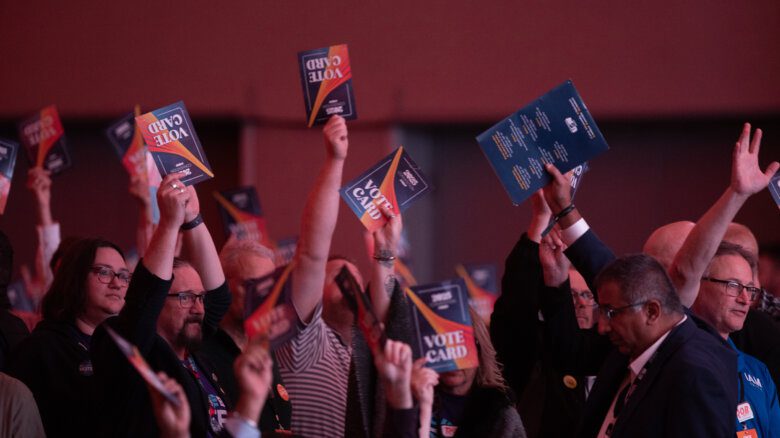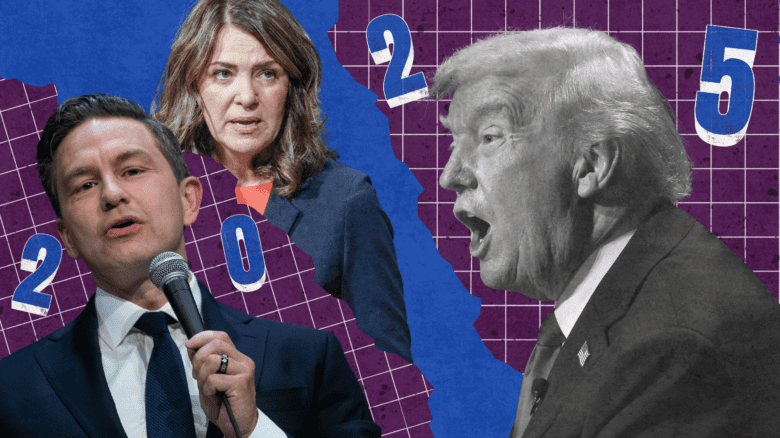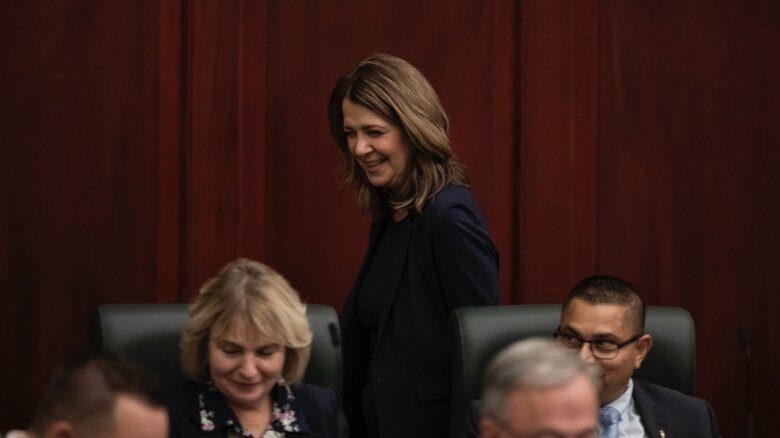I am scared—a whole lot of the time—these days, and “political violence” is a very large part of what’s scaring me.
There seems to be a building consensus in the chattering classes that “political violence” is a problem for Americans—at least, when it comes from the left. There’s Luigi Mangione, who (allegedly, though he left a manifesto) shot United Healthcare CEO Brian Robert Thompson last December; there’s Elias Rodriguez, who (allegedly, though he reportedly confessed) shot two Israeli embassy aides last month. Less fatally, there was footage of empty Waymos being lit on fire and Mexican flags being waved at this month’s ICE protests in Los Angeles; the latter inspired condemnations of “political violence” from pundits and politicians along the political spectrum, and an article about the “assassination culture” caused by violent agitators and name-and-shame social media accounts from NBC News.
One week to the day after the ICE protests broke out, a Virginia man named Douglas W. Cornett pleaded guilty to shooting and killing two Latino men because he assumed they were “illegal immigrants.” This received substantially less coverage. The same week, a Minnesota man named Vance Boelter was arrested for assassinating one state Democratic politician and her husband, and attempting to kill another; he reportedly had a list of 45 more targets, all Democrats. The Trump administration, more than once, used political violence to shut down politicians from the opposition party who questioned its immigration policy: Senator Alex Padilla, a Democrat, was wrestled to the ground and handcuffed by Secret Service and FBI agents after asking Homeland Security Secretary Kristi Noem a question at a press briefing. Brad Lander, New York City comptroller and mayoral candidate, was handcuffed and detained by ICE agents after asking if they had a warrant to arrest the man next to him.
All of this is to say nothing of the violence of ICE itself—“the closest thing that the U.S. has ever had to a ‘secret police’” according to staid moderate journalist and historian Garrett Graff—in which people leave home in the morning and come back to find their relatives kidnapped. Or the violence of the Trump administration severing The Trevor Project’s connection with the U.S. suicide hotline the night before a Supreme Court ruling upholding bans on gender-affirming care. Or the violence of declaring war on Iran without congressional approval. That last one happened between the first draft of this article and the second; the acts of political violence are piling up too fast to keep track.
The standard name to invoke, when talking about “political violence” and the power of non-violent protest, is Martin Luther King, Jr. In his final book, Where Do We Go From Here: Chaos or Community?, King traced the tensions in the civil rights movement as the non-violent activism of the 1960s gave way to the increasingly militant Black Power movements of the 1970s. King disagreed with Black Power—in fact, he disagreed so vehemently that he wrote a whole book about it—but he insisted on viewing it in context: “The Black Power advocates are disenchanted with the inconsistencies in the militaristic posture of our government.” King also wrote:
Over the last decade they have seen America applauding nonviolence whenever the Negroes have practiced it. They have watched it being praised in the sit-in movements of 1960, in the Freedom Rides of 1961, in the Albany movement of 1962, in the Birmingham movement of 1963 and in the Selma movement of 1965. But then these same black young men and women have watched as America sends black young men to burn Vietnamese with napalm, to slaughter men, women and children; and they wonder what kind of nation it is that applauds nonviolence whenever Negroes face white people in the streets of the United States but then applauds violence and burning and death when these same Negroes are sent to the fields of Vietnam.
In other words: A nation cannot demand “non-violence” from its marginalized people while also deploying overwhelming violence against its enemies. It cannot insist on “non-violence” as the only acceptable form of protest while giving itself the licence to use everything from secret police forces to napalm to nuclear weapons. That stance is not “non-violence;” it’s a demand for unilateral disarmament. It’s giving the oppressor the exclusive power to decide when or if violence will be used.
Non-violent resistance of the type practised by King is a discipline, and a fairly demanding one, which requires the ability to face indignity, pain and even death without striking back. It can be incredibly effective: Non-violence helped free India from British rule, helped desegregate the American South, helped Vietnamese activists turn the tide of public sympathy against the Vietnam war, helped AIDS activists draw attention to a queer death toll that the U.S. government preferred to write off. But it is not something you can demand from a bunch of frightened people whose relatives are being kidnapped. It is not a skill you can expect suicidal teenagers to develop immediately in a crisis. When people are pushed to the wall, they panic and strike back, and that panic looks violent in many cases. A principled commitment to ending “violence,” political or otherwise, begins with the people doing the pushing.
So it matters to say that the overwhelming majority of political violence in the United States today is being practised by the right, and is aimed leftward, at marginalized and vulnerable communities. It matters to say that the political violence is coming largely from the people in power, from the administration, and that the occasional outbreaks we see on the streets are a reaction.
@xtramagazine Conflict in Iran, immigration raids and anti-trans crackdowns are prompting people to take to the streets this summer. Many people might be heading out to protests and rallies for the first time. But even if you’re a veteran organizer or action attendee, our current era has added new dimensions to protesting and rallying that are important to be aware of for your own safety, as well as the safety of those around you. We break down five tips for safer protesting and counter-protesting in 2025, including what to wear to a protest, digital safety and personal safety ✊🪧 #protest #iran #transrights #lgbtqnews #explainer #war #worldnews ♬ original sound – Xtra Magazine
None of this means that I personally endorse violence as a political tactic. I don’t. I can name instances in which it’s worked—“Stonewall was a riot,” etc., etc.—but for the most part, I believe the battle is only truly won when you change your enemy’s mind, and that violence alienates people who might otherwise be winnable. I was one of approximately three people on the internet not to swoon over Luigi Mangione; white guys with guns and messianic ambitions terrify me, no matter who they claim to be saving.
But approaching someone on a crowded city street and gunning them down in cold blood is not the same thing as setting an empty car on fire when your community is under attack. The former is murder; the latter is, if anything, an underreaction. Using a private police force to intimidate and arrest political opponents without due process is “political violence” on a scale most Americans have not seen. Nuclear war would be very violent, and very final; non-nuclear war, in Gaza and now in Iran, has already claimed a whole lot of lives.
“It is important for the liberal to see that the oppressed person who agitates for his rights is not the creator of tension. He merely brings out the hidden tension that is already alive,” King wrote, in Where Do We Go From Here. To resolve America’s political violence, we must see it in context, and name what it is that people are reacting to. Putting down the protests, without resolving the conditions people are protesting, will only cause the wound to fester and the violence to eventually erupt again, in an even more dramatic form.
I don’t know about you, but it’s hard for me to see how much more dramatic things could get without leaving the whole world a burnt cinder. I don’t want to live in a country or a world defined by its violence. I don’t want to live in a country defined by ethnic cleansing or fascism or the retaliatory detention of political enemies or the mass suicide of queer teens, either. Those two desires, as it turns out, are the same thing.


 Why you can trust Xtra
Why you can trust Xtra


